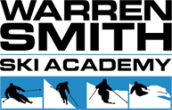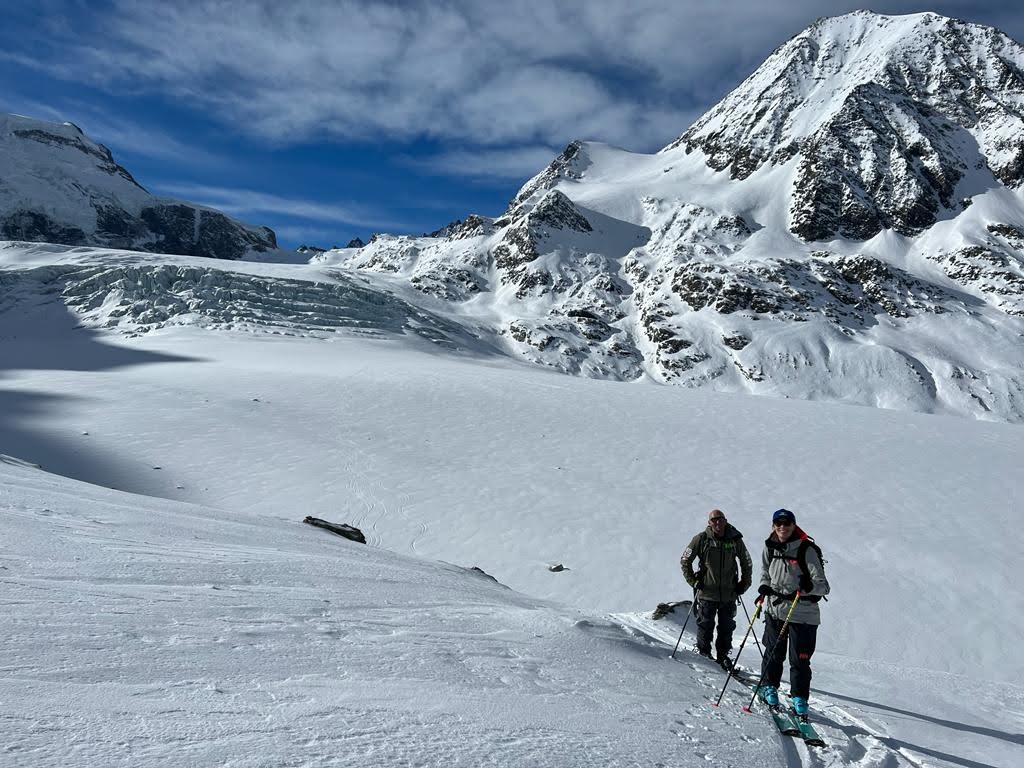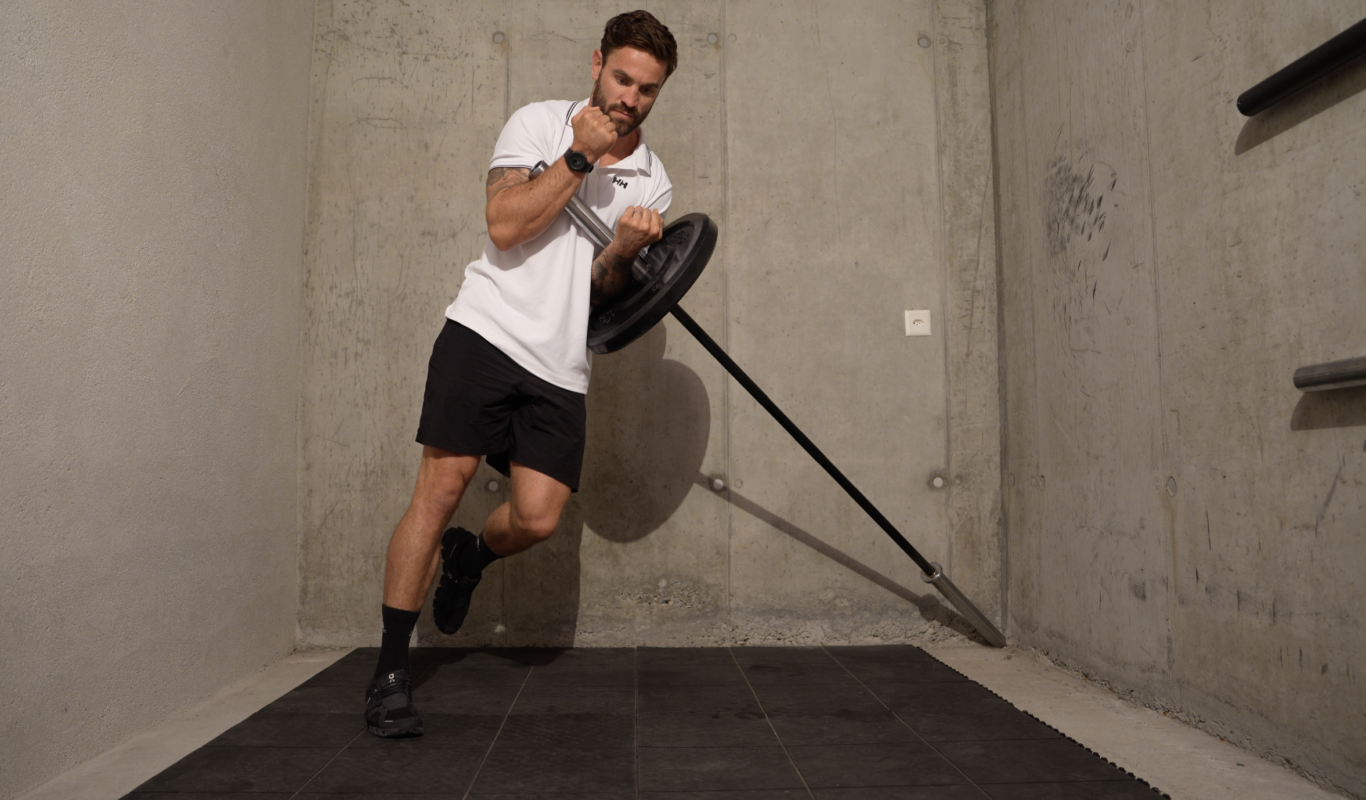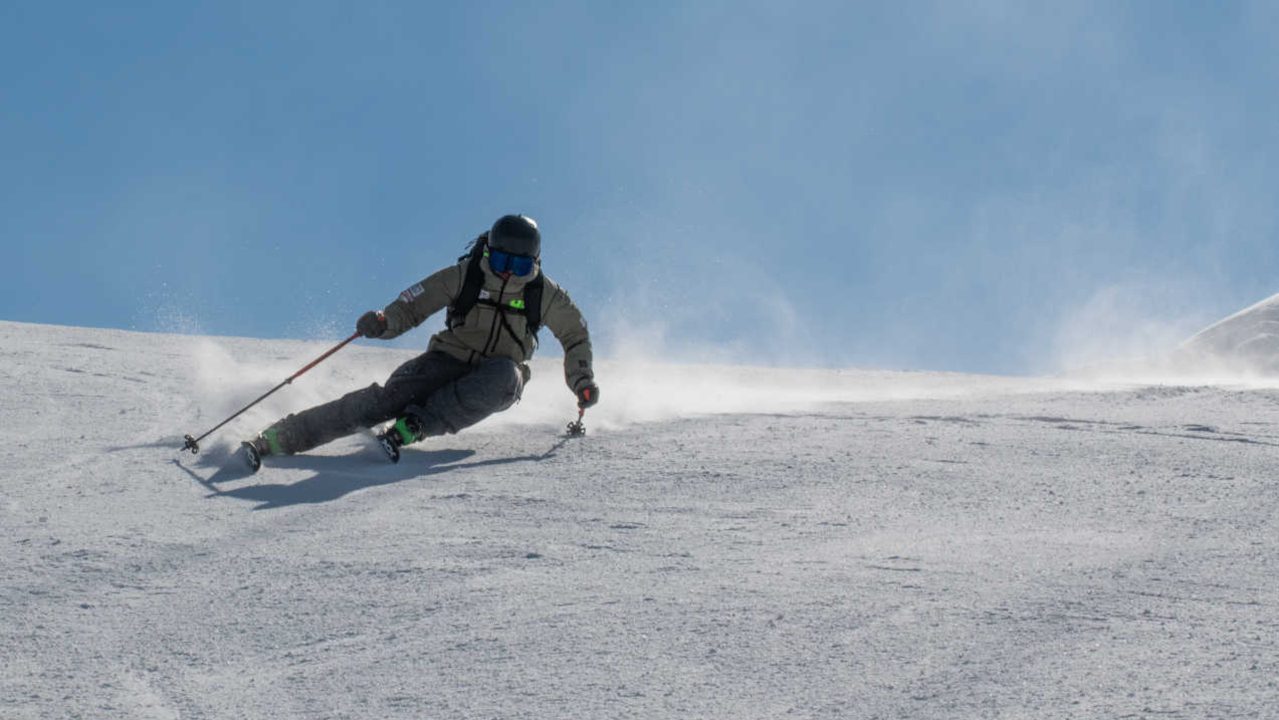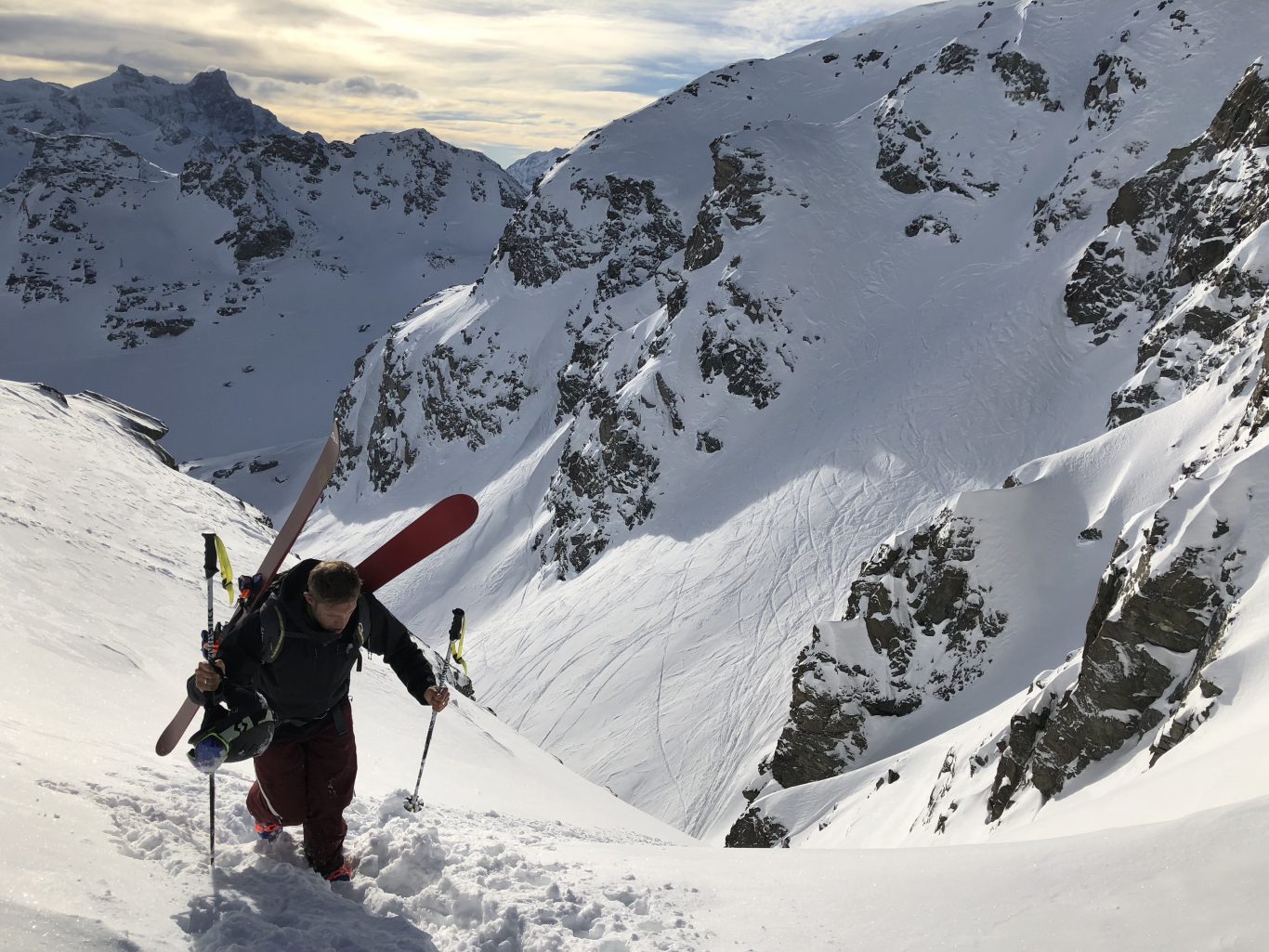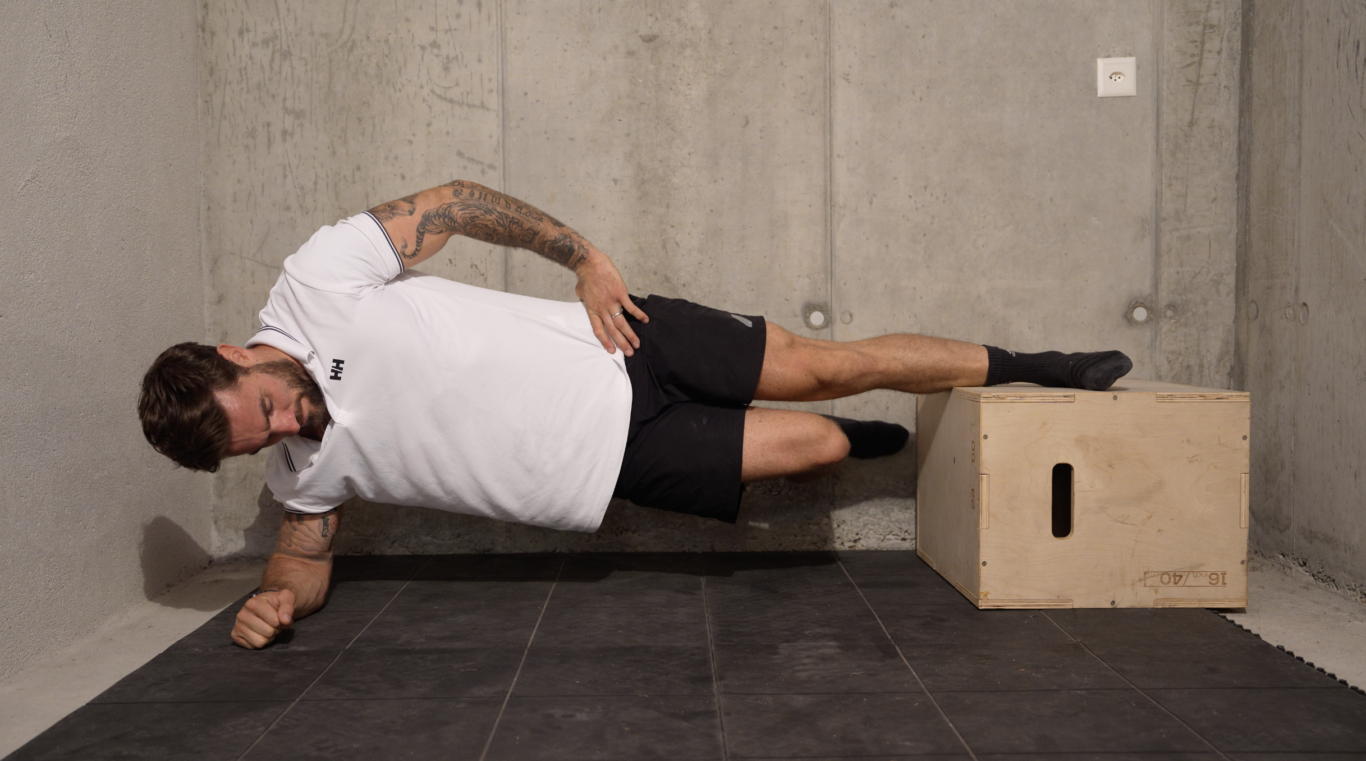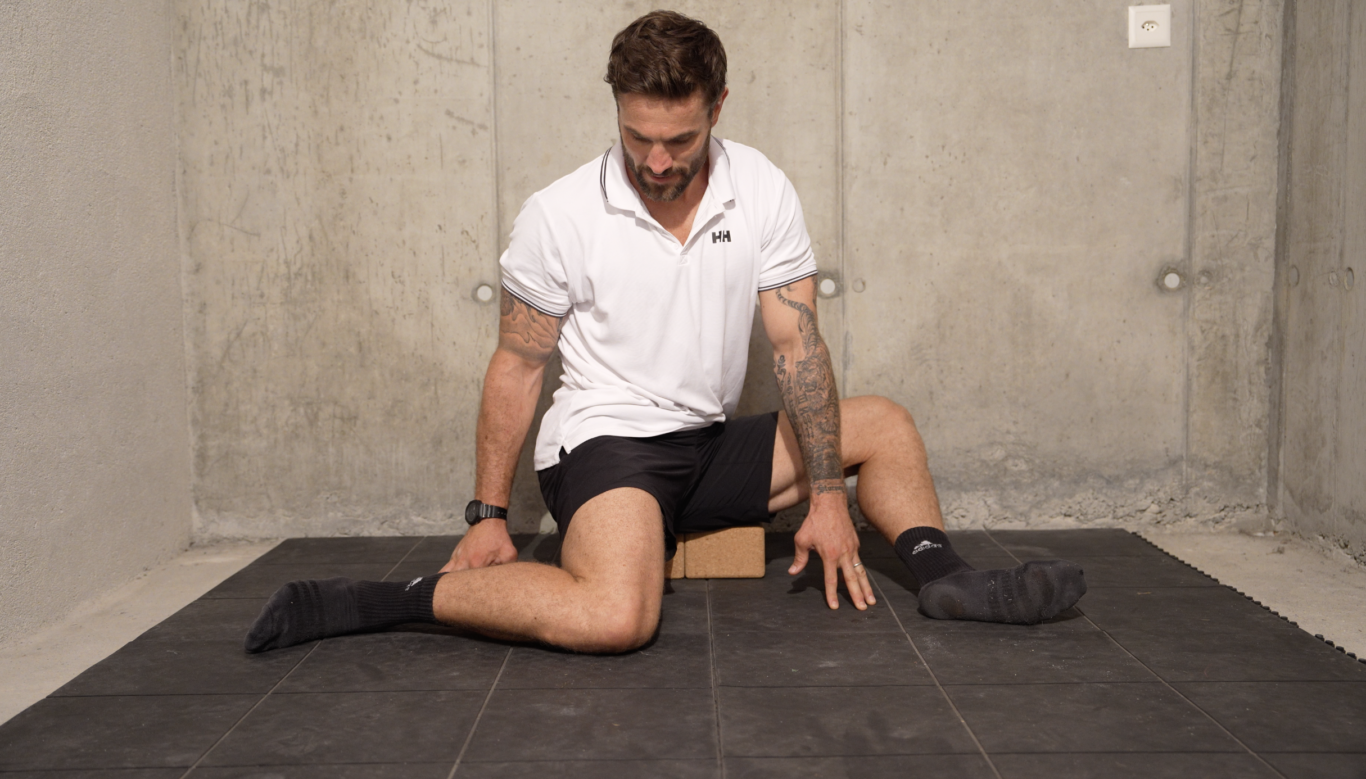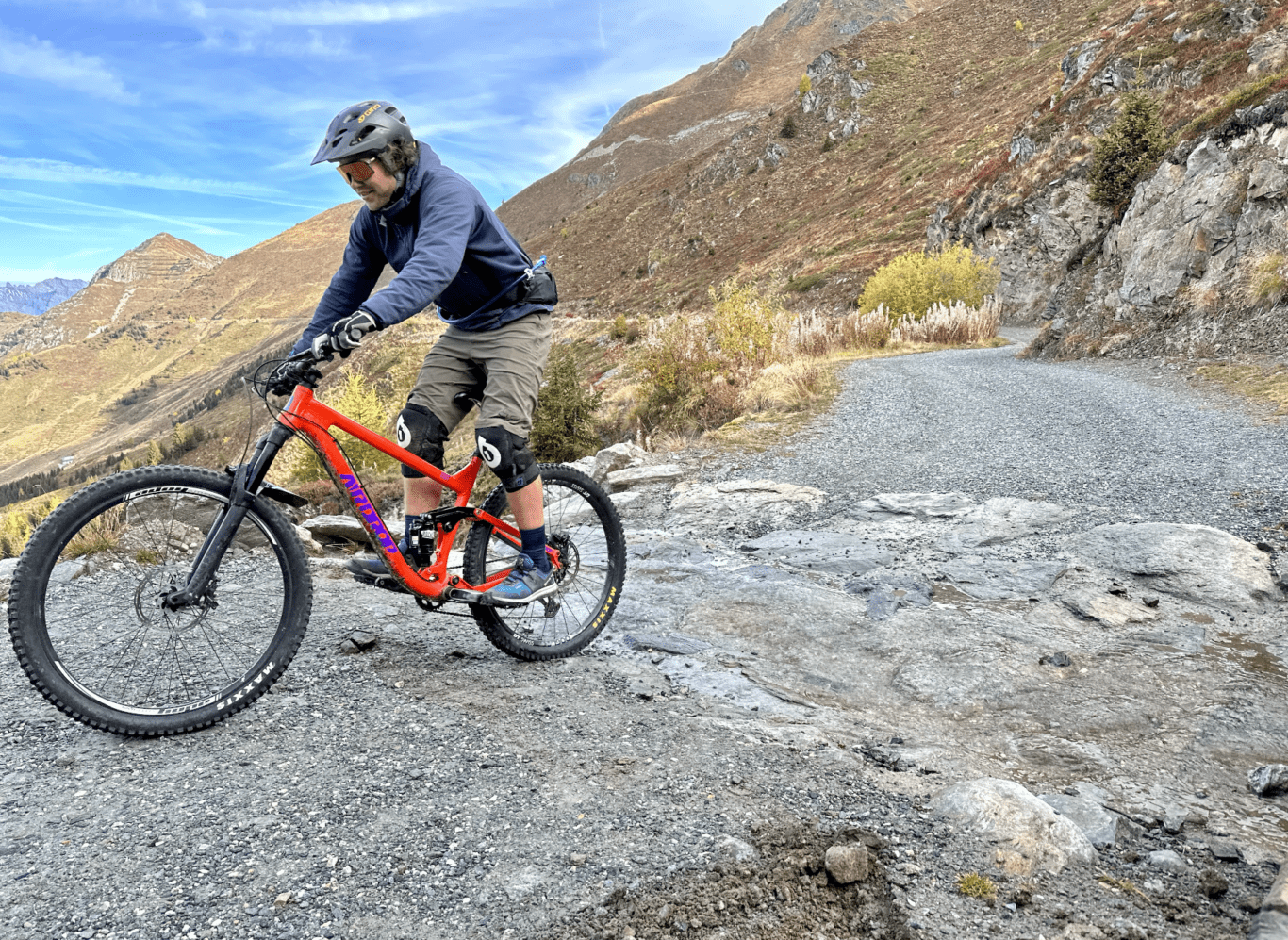To maximise your time on the slopes and minimise your chance of injury it is imperative you prepare your body for the rigors of skiing. Skiing places a unique demand on the body, challenging both the muscular and cardiovascular systems. Good ski technique requires power, muscular endurance and core strength along with mobility and proprioception. The forces that are placed on the body are typically not experienced in everyday life so a ski specific structured strength & conditioning plan is vital.
The areas requiring attention can be easily identified:
